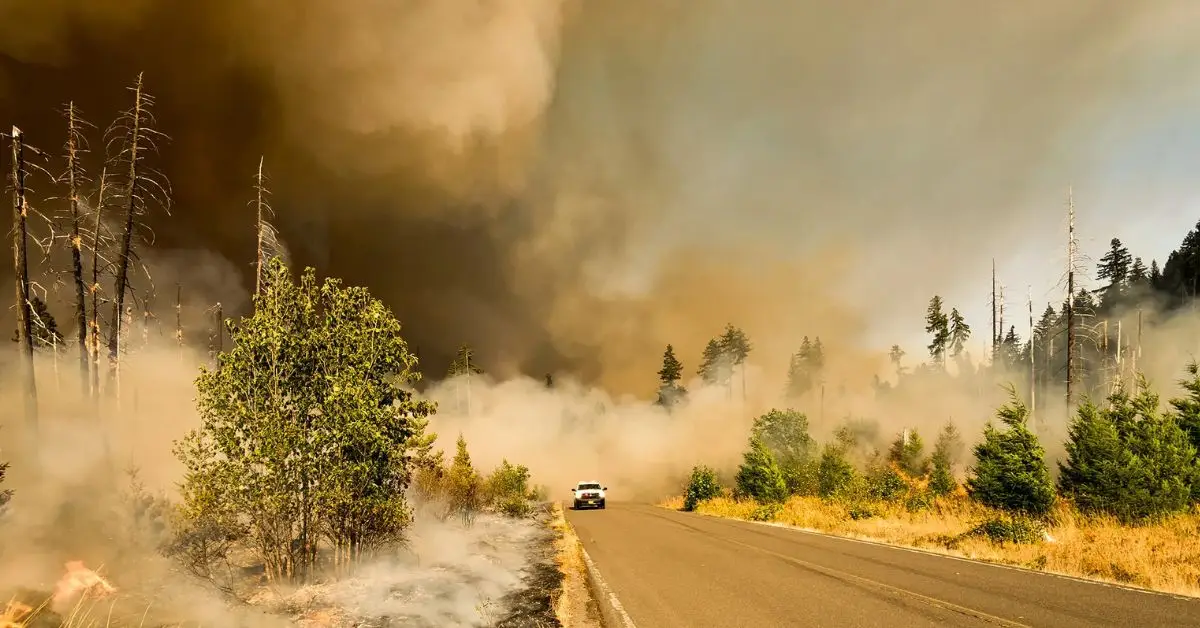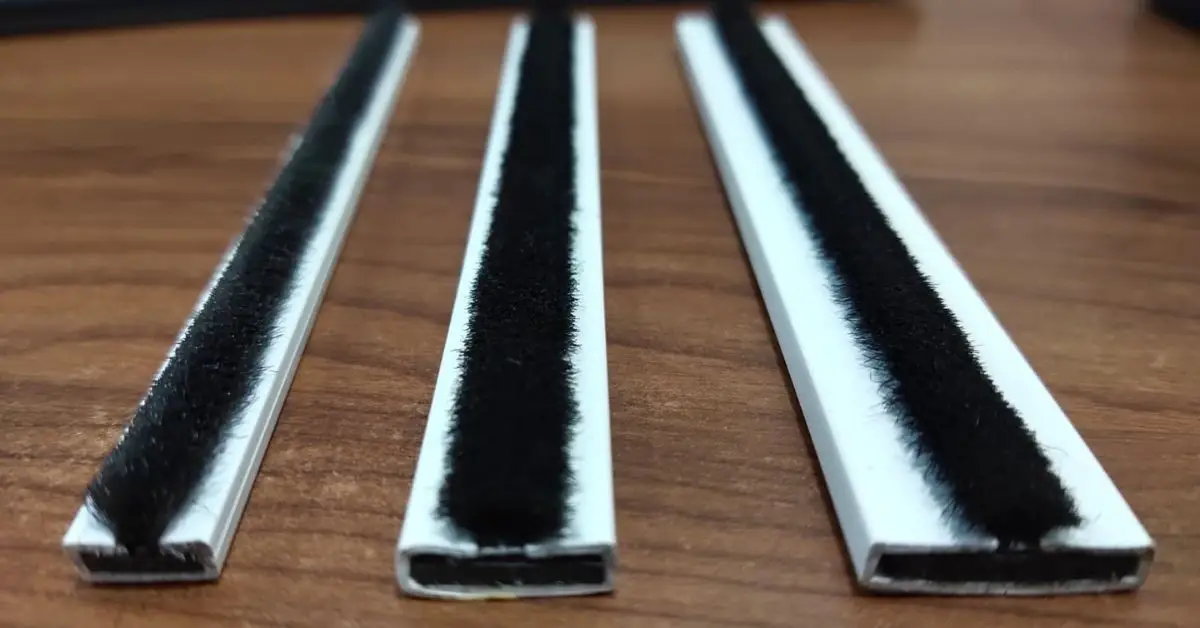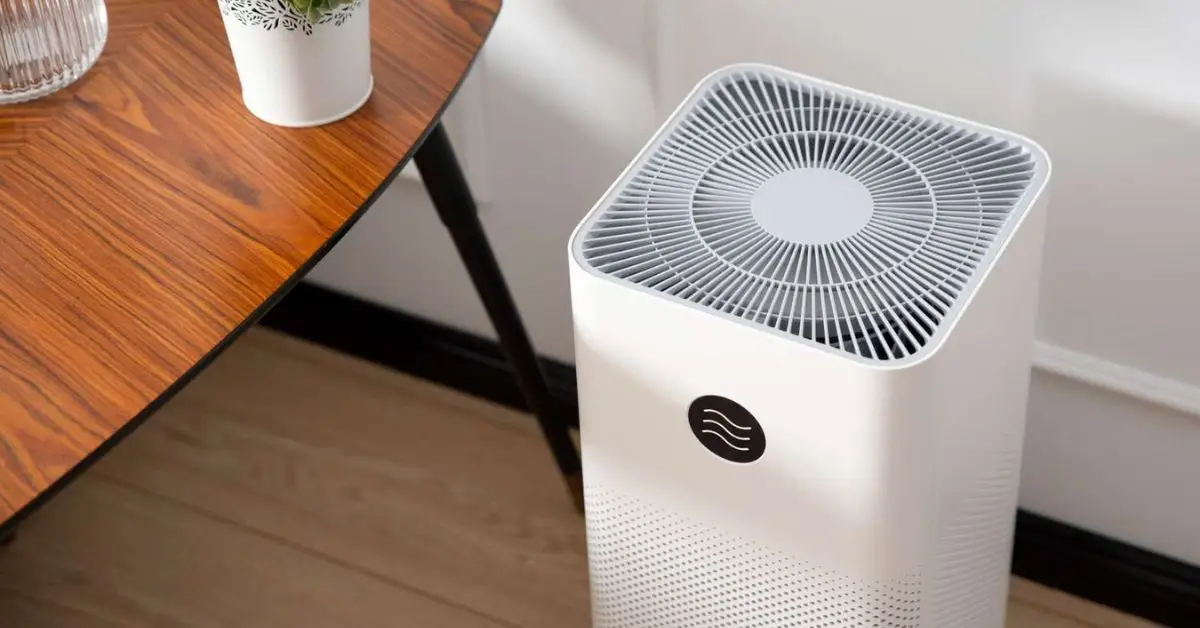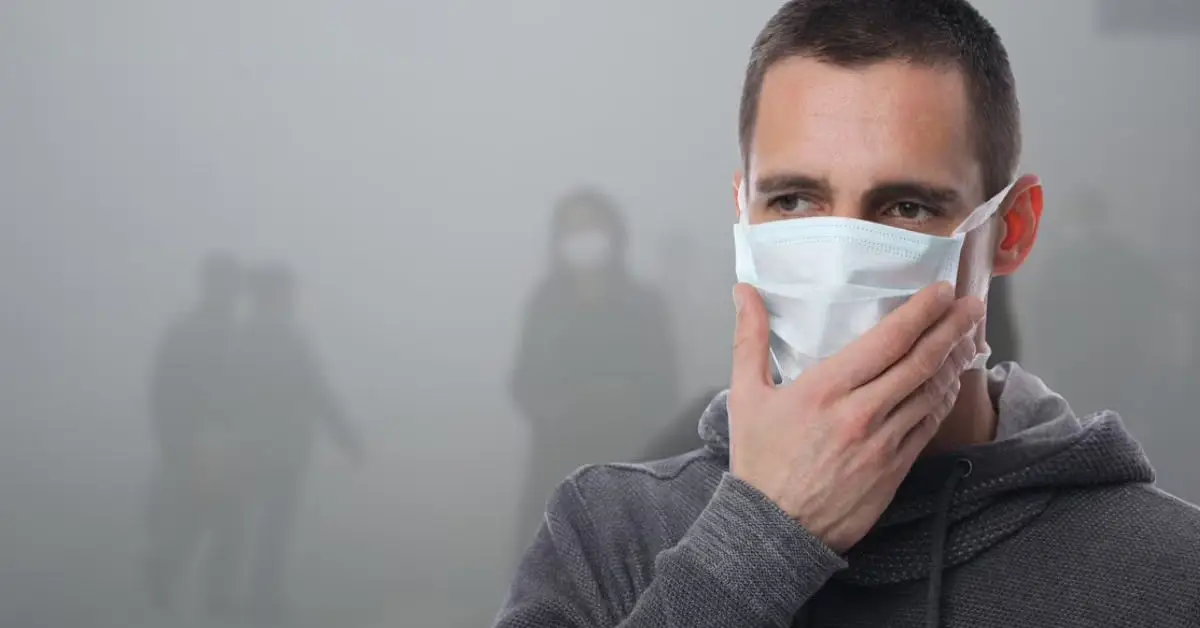How to Protect Your Home from Wildfire Smoke: 10 Must-Know Steps
If you’ve ever caught a whiff of smoke indoors during wildfire season—even with the windows shut—you’re not imagining it. Wildfire smoke doesn’t just stay outside. It seeps in quietly, settles into your furniture, and lingers in the air you breathe while you sleep.
I used to think that keeping the windows closed and running the AC was enough. It felt safe. But after a particularly bad wildfire last summer, I checked the air quality inside my home with a basic monitor. What I found changed everything. The air indoors wasn’t just unhealthy—it was nearly identical to what was outside.
Most people assume their homes are a safe barrier. They’re not. Smoke particles from wildfires are incredibly small. They get in through gaps in doors, window frames, attic vents, dryer ducts, and even kitchen or bathroom exhausts. You don’t need to live near a fire to be affected. Smoke travels hundreds, sometimes thousands, of miles.
And this isn’t just about discomfort. Fine particulate matter (PM2.5) in wildfire smoke can cause serious respiratory issues, trigger heart problems, and increase anxiety and cognitive fatigue. If you have young children, elderly family members, or anyone with asthma in your home, the risk is even higher.
So in this article, I’m walking you through ten practical, research-backed steps to actually keep wildfire smoke out of your house. These are things I’ve learned from personal experience, expert interviews, and digging into what most online guides miss.
Because when the air outside turns toxic, your home should feel like a shield. Not a trap.
Have you ever checked your indoor air quality during wildfire season? What did you find?
1. Understand the Threat: Why Smoke Even Reaches Indoors
Most people assume that if they can’t smell smoke, the air inside must be fine. That’s rarely the case.

Wildfire smoke is made up of tiny, harmful particles—especially PM2.5, which is so small it slips through window frames, door gaps, attic vents, and even your HVAC system. It doesn’t need an open window. It finds its way in through ordinary parts of your house you probably don’t think about.
Once it’s inside, it lingers. PM2.5 particles can stay suspended in indoor air for hours, even days, unless you actively remove them. And the health effects aren’t just for people with asthma or allergies.
Children, older adults, and people with preexisting health conditions are most at risk—but that doesn’t mean others are safe. You might just feel tired, foggy, or get frequent headaches without realizing why.
Before we talk about filters or fans, you need to understand this: your house, by default, is not designed to keep wildfire smoke out. You have to make it that way.
2. Track Air Quality: Use AQI Tools Proactively
The best time to protect your home from wildfire smoke isn’t when you smell it. It’s before it gets in.
Air Quality Index (AQI) tools help you stay ahead. If you live in a wildfire-prone region—or anywhere downwind—you should be checking AQI like you check the weather. When AQI climbs above 100 (especially above 150), it’s time to take action: seal up your home, start running air purifiers, and avoid outdoor exposure.
Tools like AirNow.gov, PurpleAir, IQAir, or local air quality apps let you set real-time alerts. Some smart home devices even automate responses when AQI spikes.
Remember: by the time the sky turns orange or your throat feels scratchy, the damage has already begun. Smart homeowners treat AQI alerts like smoke alarms—early warnings that buy you time.
3. Seal Your Home: Close, Block & Weather‑strip Openings
Your home is more porous than you think.
Even if your windows are closed, wildfire smoke can creep in through gaps around door frames, attic hatches, dryer vents, and even recessed lighting. That’s why sealing the building envelope is one of the most critical steps during wildfire season.

Start with weather-stripping around exterior doors and windows. Install door sweeps at the bottom of all ground-level doors. Use caulk or foam sealant to fill visible cracks, especially in basements or attics. If you have a fireplace, make sure the damper is fully closed when not in use. Installing hurricane screens not only guards your windows against tornados but also adds an extra layer of protection against wildfire smoke entering through window openings.
Temporary solutions also help. You can tape over kitchen and bathroom exhaust vents or cover window-mounted AC units from the outside during peak smoke days. To improve your home’s airtightness and protect windows from smoke and storm damage alike, consider learning about 10 Smart Ways to Prepare Your Windows for Hurricane Season—many of these tips also help reduce smoke infiltration.
Your goal isn’t to make your home airtight forever—just tightly sealed when it matters.
4. HVAC Strategy: Recirculate Air & Upgrade Filters
Your HVAC system can either protect or pollute during a smoke event.
Step one: set it to recirculation mode. This stops it from pulling smoky outdoor air into your house.
Step two: upgrade your filter. Most homes use basic filters that don’t catch PM2.5 particles. Instead, install a MERV 13 or higher filter—these can trap up to 90% of wildfire smoke particles.
If your system can’t handle MERV 13, use the highest your unit allows. And avoid filters that rely on electrostatic charge alone—they degrade faster with smoke exposure.
Let the fan run continuously during smoke days to keep filtering air in the background. Also, for enhanced security and monitoring during wildfire season, you might explore using window sensors that alert you if a window or door is left open, helping you maintain a sealed home environment.
5. Create a Clean Air Room with a HEPA Air Cleaner
If you can’t purify the whole house, create one safe space inside it.

Choose a room with minimal doors and windows, and run a HEPA air purifier continuously. This becomes your fallback during high-smoke days—especially for kids, the elderly, or anyone with respiratory conditions.
“A clean room reduces exposure to smoke by up to 80% if set up properly.” — US EPA
Avoid “ozone” air cleaners or ionizers. Stick to true HEPA models. Or build your own with a box fan and MERV 13 filter (endorsed by AirNow).
Keep the door closed, filter running, and ventilation off. It makes a huge difference.
6. Avoid Indoor Sources of Pollution During Smoke Events
Don’t worsen the air inside your home. During a smoke event, even simple actions—like frying food or lighting a candle—can make indoor air more toxic.
Skip vacuuming unless you have a HEPA vacuum. Don’t use fireplaces, incense, or candles. Avoid heavy-duty cleaning chemicals or scented sprays.
Think of your home as a sealed zone. Everything you do inside either protects or pollutes.
7. Wear Proper Masks When Going Outside—or Cleaning Ash
Even short trips outdoors can expose you to dangerous smoke particles. That’s why a properly fitted mask is non-negotiable during heavy smoke days.

Not just any mask works. A cloth or surgical mask won’t block fine particles. What you need is an N95, N100, or KN95 respirator—these are rated to filter PM2.5, the particle size that carries most of wildfire smoke’s toxic load.
If you’re doing cleanup after ash has settled—say, on your patio or window sills—go further. Wear goggles, gloves, a long-sleeved shirt, and a mask. Always mist ash lightly with water before sweeping or vacuuming (with a HEPA vacuum only).
8. Post-Smoke Cleanup: Freshen Indoor Air Safely
Even after the smoke clears outside, residue can linger indoors—in dust, on curtains, and in your HVAC system. Cleaning it wrong can reintroduce those particles into the air.
Start by gently wiping surfaces with a damp microfiber cloth. Never dry-dust or use feather dusters—they just push particles back into the air. For ash on floors, mist lightly and wet mop. Avoid vacuuming unless the machine is fitted with a HEPA filter.
Change HVAC filters monthly after a smoke event until the indoor air smells fresh again.
And if outdoor AQI improves (below 50), open windows briefly to ventilate—just enough to swap out stale indoor air without letting smoke back in.
9. Prepare Ahead: Stock Filters, Masks & Plan Evacuation Routes
Wildfire smoke isn’t always predictable. What is predictable? The regret of not being prepared.
Before fire season begins, build your personal smoke-readiness kit. Include:
- A spare HEPA filter for your portable air cleaner
- Extra MERV 13 HVAC filters
- Several N95 or KN95 masks per person
- Batteries or power banks in case of outages
Also: know where clean-air shelters are in your area, especially if your home lacks air filtration or if you care for at-risk people.
Make sure you have an evacuation plan ready, too. Fires move fast—and smoke does, too.
“Preparation improves outcomes. Stock filtration, have a plan, and know your clean-air shelter options.” — Ready.gov
10. Landscape & Home Retrofits to Reduce Future Smoke Impact
It’s not just what’s inside your home—it’s how your home is built and what surrounds it.
Certain design features and landscaping choices make homes more vulnerable to both fire and smoke. For example, wood shake roofs, open eaves, and dry vegetation all increase risk.
Instead, aim to create a defensible space: clear leaves from gutters, remove debris from around your house, and space out shrubs or trees. Replace combustible mulch with stone or gravel near the foundation.
If you’re planning renovations, consider installing metal mesh vents, non-combustible roofing, or dual-pane windows that reduce both heat and smoke infiltration.
“Homes with defensible space and ember-resistant features have a far higher survival rate.” — National Interagency Fire Center
Final Wrap-Up: Quick Safety Tips & When to Evacuate
If you’ve read this far, you’re taking the threat seriously—and that’s exactly what wildfire smoke demands. Here’s a fast-reference checklist to help you stay ahead of it:
Quick Action Checklist
- Keep windows and doors shut and sealed
- Monitor AQI daily (alert set if AQI > 100)
- Use MERV 13+ filters or portable HEPA cleaners
- Mask up (N95 or better) if stepping outside
- Create a clean air room for high-risk household members
- Avoid burning candles, incense, or using chemical sprays indoors
- Change HVAC filters monthly post-smoke
- Pre-stock air filters, extra masks, and water in advance
When It’s Time to Evacuate
Even with the best prep, there are moments when staying put becomes unsafe:
- Indoor air gets hot, humid, or smoky despite filtration
- Anyone in the house develops shortness of breath, chest tightness, or dizziness
- AQI levels exceed 300 (Hazardous) for more than 12 hours
- Power goes out and you lose access to air filtration or cooling
- A local evacuation notice is issued—even for smoke, not just flames
If that moment comes, don’t hesitate. Grab your bag, your masks, your people—and go.
Want more practical guides to protect your home and health? Visit Build Like New for expert tips, checklists, and smarter living solutions.
Disclaimer: The information provided in this article is for educational and informational purposes only and does not constitute medical, environmental, or safety advice. Always consult with certified professionals, local health authorities, or emergency services when making decisions related to wildfire smoke exposure or evacuation. Build Like New is not responsible for any damages or actions taken based on this content.


